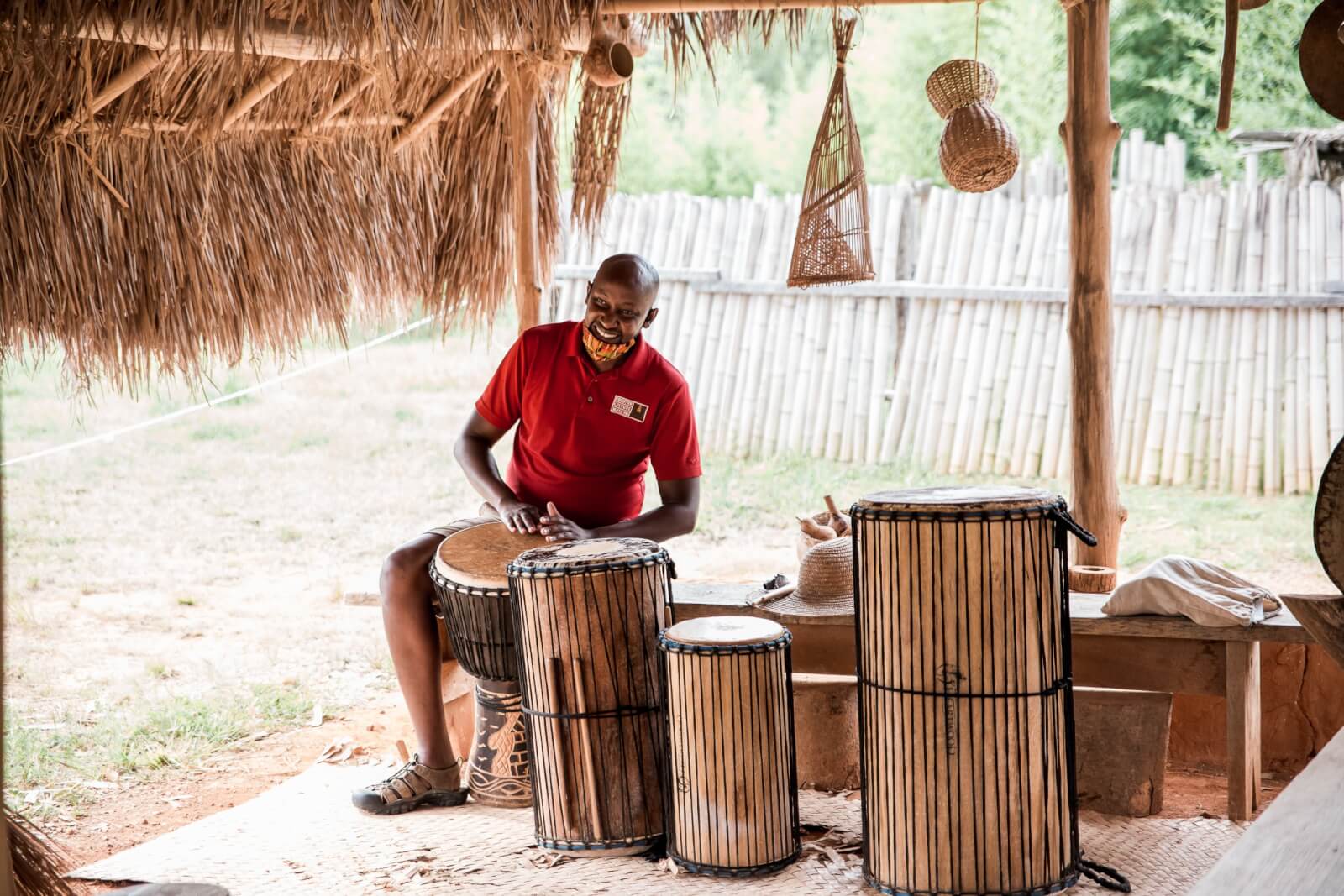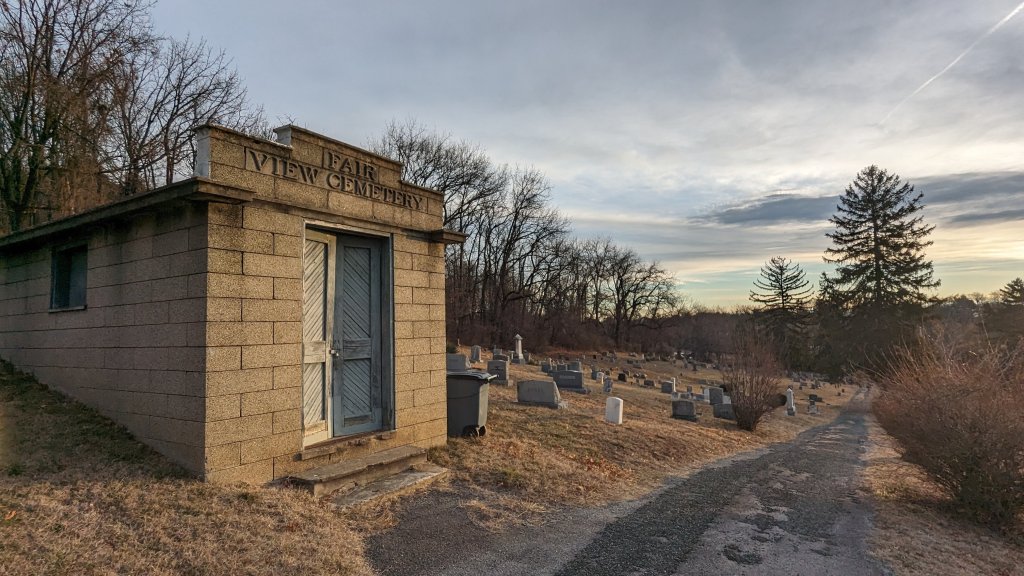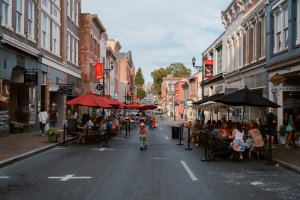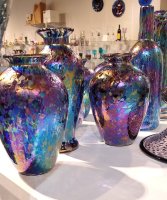
A Journey through Black History and Culture in Staunton
The history of Black Americans in Staunton, Virginia, is a multifaceted narrative marked by struggle, resilience, and perseverance against the backdrop of racial injustice. From the time of enslavement through the Civil Rights Movement and beyond, Black individuals and communities in Staunton have played integral roles in shaping the city’s cultural, social, and economic landscape. The Black experience is essential to understanding Staunton and the surrounding areas.
Here’s a guide to important places, citizens, and resources for gaining a broader understanding of our city’s Black history, culture, and contributions. We’ve also included a list of area Black-owned businesses.
Area History
Before the Civil War, many Shenandoah Valley farms relied upon the labor of enslaved African Americans. In 1830, about one-sixth of Staunton’s African Americans were free workers in various roles. After the Emancipation Proclamation, Staunton saw a growth in Black-owned businesses, reaching 26 by the century’s end. Businesses included grocery stores, cabinet-making shops, restaurants, barbershops, and more. Within 10 years, nearly 50 Black-owned businesses emerged. These included a newspaper, a hotel, a meat market, an insurance company, a jewelry store, and professionals such as doctors and a lawyer.
Black-Owned Businesses Today
Want to find and support a Black-owned business? Check out the Black and Brown Owned Businesses-Shenandoah Valley Facebook page. Here are some in Staunton.
- Father and Sons Barbershop
- Family Above Apparel
- JR’s Triple C Clean Car Care
- Kier Real Investments
- Latin Soul
- NAME IT Services
- Nelle’s Beauty Boutique
- Odam’s BBQ Speciality Sauce
- Simone & Tuesday
- Taste of the Tropics
- Wilson’s Garage
Festivals and Events
- The Waynesboro Public Library will host a presentation on local African-American history on February 8. (6 – 7:30 pm)
- For Black History Month events around the state, check out the schedule on the Virginia Tourism Corporation website.
- The Frontier Culture Museum hosts a Juneteenth celebration with food, live entertainment, children’s activities, information booths, voter registration, health screenings, and more.
- Staunton’s African American Heritage and Multicultural Festival is a free, annual two-day festival on September 21-22. Expect music, entertainment, presentations by historians, art, vendors, and community outreach and resources. Area churches gather for an “under the tent” worship service on Sunday morning, and everyone can enjoy an afternoon of gospel music. This event is the largest and oldest in the Shenandoah Valley. Everyone, regardless of heritage, is welcome.
Museums and Research
- Booker T. Washington Community Center is located in Staunton’s former segregated high school, which educated Black students before Staunton’s schools were integrated in 1966. The school served as both an educational space and a public meeting place for the African American community. It hosted social events, voter registration, and adult night classes. The onsite Booker T. Washington Museum and Library contains photographs, articles, books, yearbooks, and memorabilia. The building has been listed on the National Register of Historic Places since 2014.
- Visit the Staunton/Augusta County African American Research Society’s website for resources on general and family history. The society has worked to gather genealogical records from the library as well as oral histories from older citizens.
- The Frontier Culture Museum’s West African Farm exhibit “explores the cultural contributions of African captives who were brought to Virginia in the 1700s.” Captives from many ethnic groups came from all over Africa, but many were Igbo from the West African Coast. The West African Farm demonstrates how free Igbo people lived in Africa in the 1700s.
- Woodrow Wilson and a number of other presidents have been criticized for their attitudes on race and the history of slavery that surrounds them. The Woodrow Wilson Presidential Library & Museum explores the topic of Wilson and race with several resources on their webpage.
Notable Staunton Addresses
- Before the 1940s, Staunton’s Black community could visit Gypsy Hill Park only once a year. Staunton eventually built a separate park on the 150-acre Montgomery Hall mansion property. In 1946, Montgomery Hall Park became one of only two Virginia parks dedicated to African American use. The park remained segregated until 1969. Watch the Montgomery Hall Park Project to learn more.
- Dating back to the 1860s, Uniontown is a historically Black neighborhood located along the C&O railroad tracks. In its heyday, the community boasted homes, a school, a church, stores, and a vibrant culture. Restrictive zoning in the 1960s limited the community’s growth. Subpar utility and sewage systems plus the demolition of an access bridge caused many residents to leave the area. Many buildings fell into ruin. Staunton’s city council and planning commission are in an ongoing discussion about how to revitalize or develop the area.
- Founded in 1869, predominantly African-American Fairview Cemetery was part of a prosperous Black community called Sandy Hollow in northern Staunton. Fairview Cemetery was a “park” cemetery with decorative features and landscaping. Before Montgomery Hall Park was established, many African-American families used it for picnicking and recreation. Features include a mausoleum, a viewing terrace with a historical sign, entrance walls made of bluestone, and a cottage built in 1870. Over 2,000 people are buried here, but many headstones are worn and no longer legible.

- Allen Chapel A.M.E (African Methodist Episcopal), organized in 1865, was the first Black church west of the Blue Ridge. The congregation worshiped in various places before building at 921 West Beverley Street in 1924. Parking concerns forced the church to move, and the original structure is now a private residence.
- For more important locations, take a look at the Staunton African American Heritage Brochure.
Notable Black Stauntonians
- NAACP leader Willis McGlascoe Carter was born into slavery in 1852. He became a principal in Augusta County’s segregated public schools. He led the Augusta County Teachers’ Association and edited the Southern Tribune. Carter helped create the Negro Industrial and Educational Association of Virginia.
- Born in 1898, Dr. Charles J. Waller served as regional vice president of the National Medical Association. He practiced medicine without hospital privileges before eventually becoming president King’s Daughters. Waller was also the first African-American to run for Staunton’s city council.
- Captain William Washington Green, Sr., was a Buffalo Soldier, and awarded both the Silver Star and Distinguished Service Cross for exceptional heroism on the battlefield. He retired to Staunton, living here until his death and is now buried in Thornrose Cemetery.
- Captain William Green Jr. was born in 1920 and graduated from Booker T. Washington High School. He joined the U.S. Army Air Corps and became one of the famed Tuskegee Airmen. He flew 123 wartime missions in Europe and earned a Distinguished Flying Cross, an Air Medal with six oak leaf clusters, E.T.O. ribbons with three battle stars, and the Purple Heart.
- Born in 1940, Rita Wilson was Staunton’s first Black councilwoman. She served 16 years as a member and vice mayor of the city council. Additionally, she served on the school board, the board of the Frontier Culture Museum, the NAACP, the Staunton Rotary Club, Shenandoah Kiwanis, the Staunton Senior Center, and on the YMCA board. Staunton named the Rita S. Wilson Council Chambers in her honor.
- Alice Woods moved to Staunton in 1987 from NYC. She serves on Staunton’s city council and is a certified nursing assistant who works with Staunton’s senior population and several non-profit organizations.
- Kenneth Venable is the first African-American to serve as the Staunton school board chairman. Born and raised in Staunton, he worked for 40 years in sales and marketing before returning to Staunton. Venable has held many Staunton leadership positions: President of the Staunton Education Foundation, Vice Chairman, Board of Trustees, Frontier Culture Museum, Past Chairman, Valley Career & Technical Center Board, Past Chairman, Staunton Redevelopment & Housing Authority.
Newsletter Sign-up
Stay up to date on the latest and greatest happening in Staunton.


